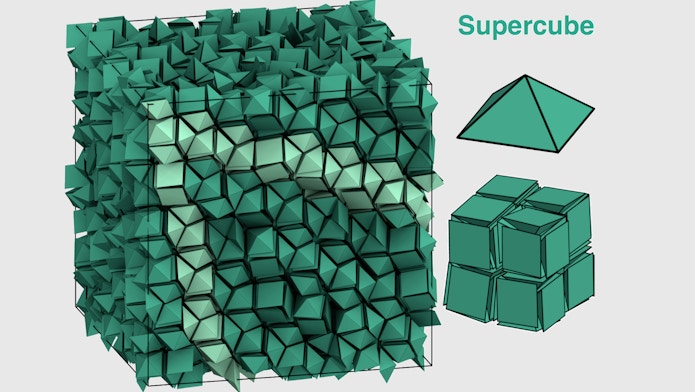Surprising Cases Where Entropy Leads to Order

The second law of thermodynamics says that in a closed system, entropy — colloquially thought of as a measure of disorder or uncertainty — cannot decrease. Generally, higher entropy corresponds to higher temperatures, phase transitions from solid to liquid or liquid to gas, or a general decrease in the order of molecules in a system. Simons Investigator Sharon Glotzer, professor of chemical engineering at the University of Michigan, studies the counterintuitive instances when entropy doesn’t work that way. “I’m interested in how entropy can lead to order rather than disorder,” she says. “The opposite of what most people think about when they’re thinking of entropy.”
Entropy appears in different scientific disciplines and in various guises, but Glotzer is concerned with Gibbs, or statistical, entropy. In essence, this is a measure of the number of distinct arrangements, also called microstates, possible in a system. “Typically, the states that we observe in nature are the ones for which there are the most possible arrangements,” Glotzer says.


